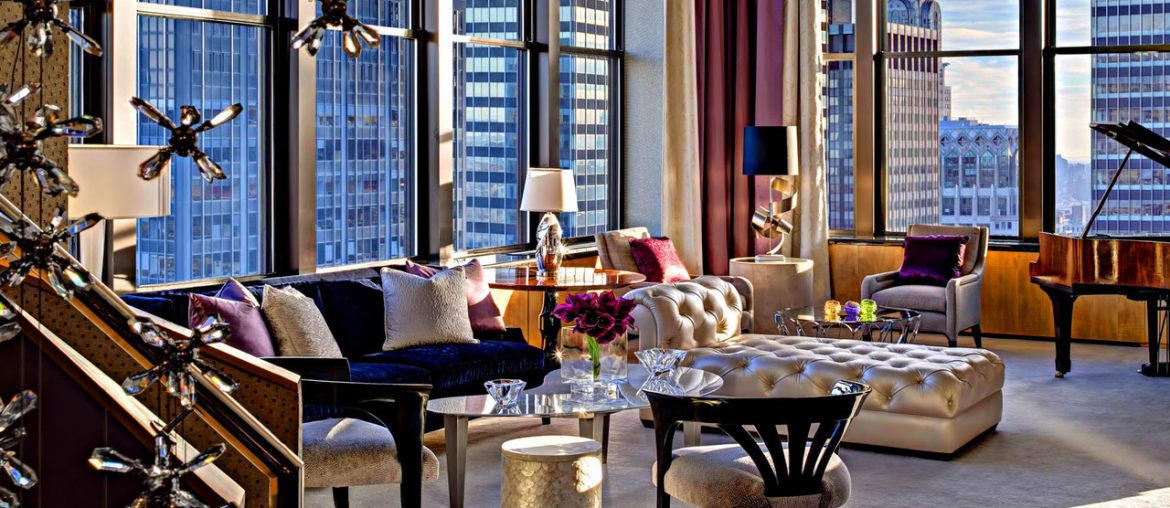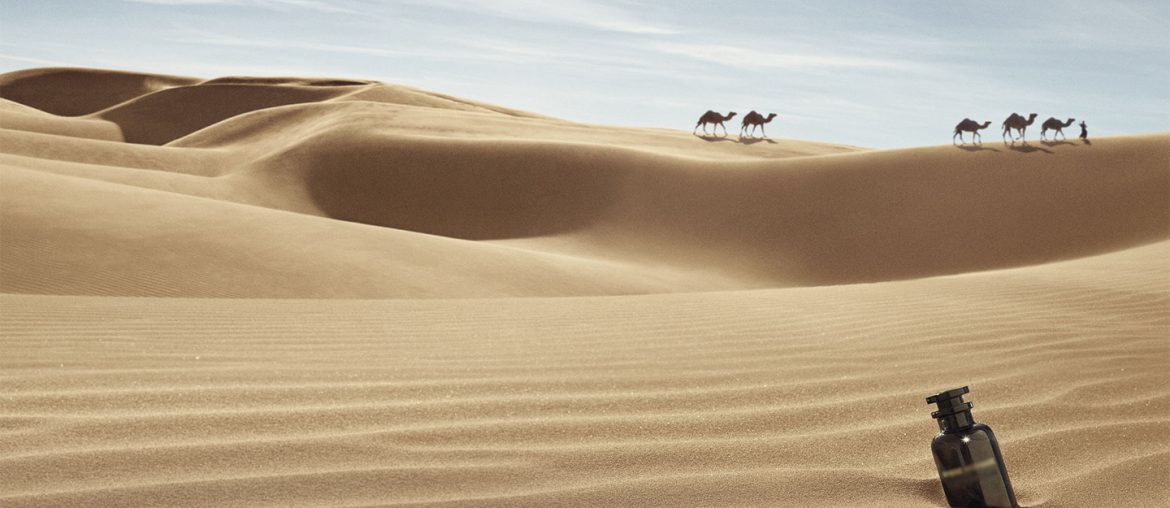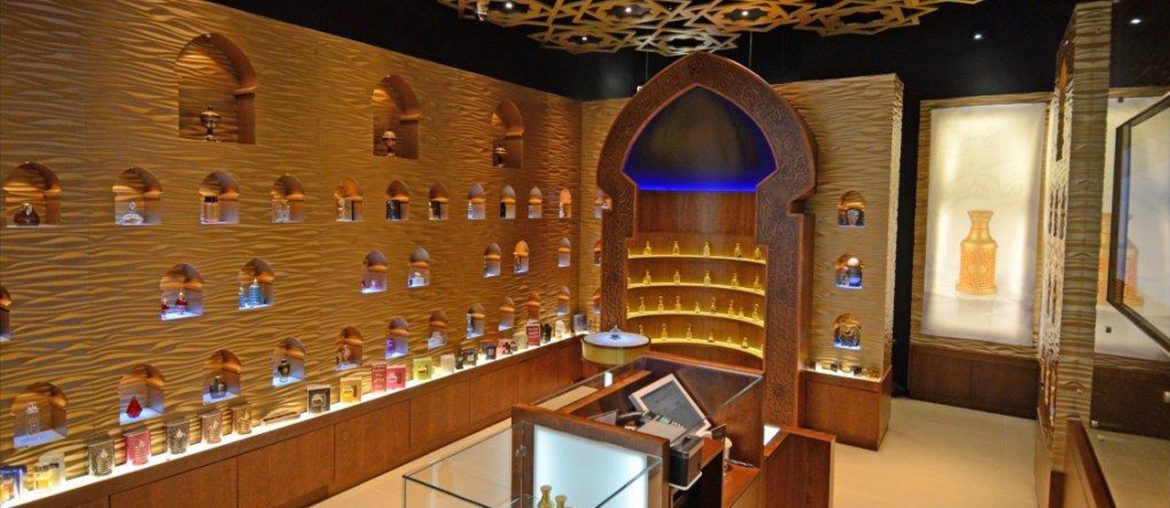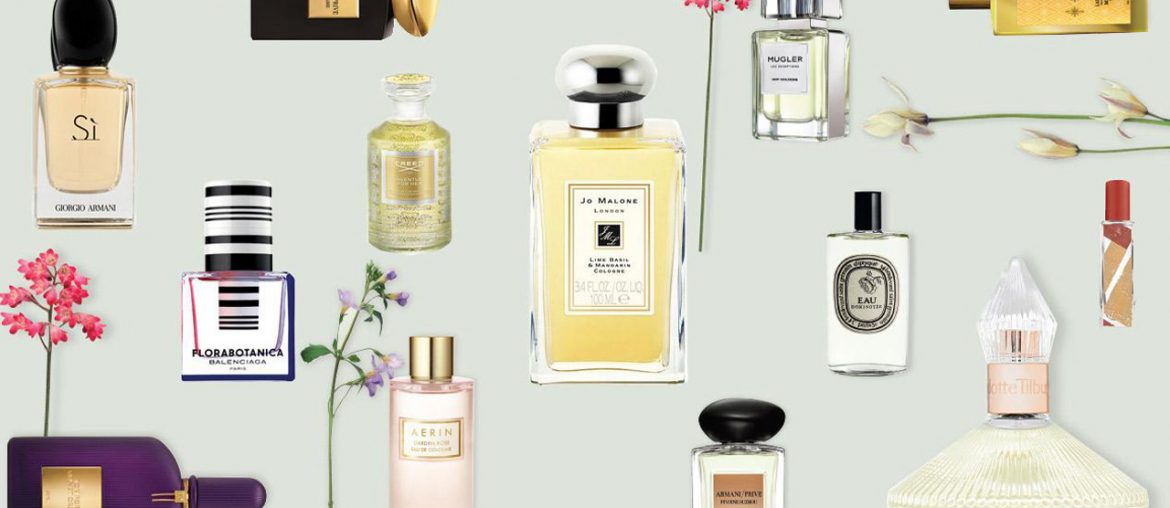PARADIGM SHIFT OF LUXURY
“LUXURY” is evidently an overrated, misinterpreted, exaggerated and widely misunderstood phenomenon.
Pricey brands, selective segments, luxurious retail, sophisticated sales staff and quality products and services are few of the synonyms that generally define luxury. Current luxury consumer market dynamics barely follow the above broad definition. With recent global recession and a new world economic order, has surely unsettled the norms of accessibility and reach parameters between brands and consumers.
The question is why international brands have not been able to adhere to the new terms of business yet and why are they still repeating the same rhetoric with the same old ways of brand communication.
We all acknowledge and appreciate shift in consumer preferences and the way buying decision and off takes are being directed. With the magnitude of consumer transformation, brands marketing and communication strategies are not coped with the pace yet.
There is no paradigm shift in presenting, packaging, positioning, advertising campaigns or even new brand launches. There are still esthetic and subtle commercials, celebrity magnified endorsements, advertorials and exorbitant spends on ATL to create awareness about a flanker or a latest brand launch. Let’s move towards digitalization now. Social media videos and a crazy sprint in numbers of likes, shares and comments is the only medium discovered so far by these so-called innovative luxury brands.
Current and future luxury brands must rework their marketing and communication strategies that not only appreciate consumer transformation from brand experience to self-expression but also equipped to tackle the upcoming challenges of innovative era of AI (Artificial Intelligence) specifically creating ripples in luxury markets.






